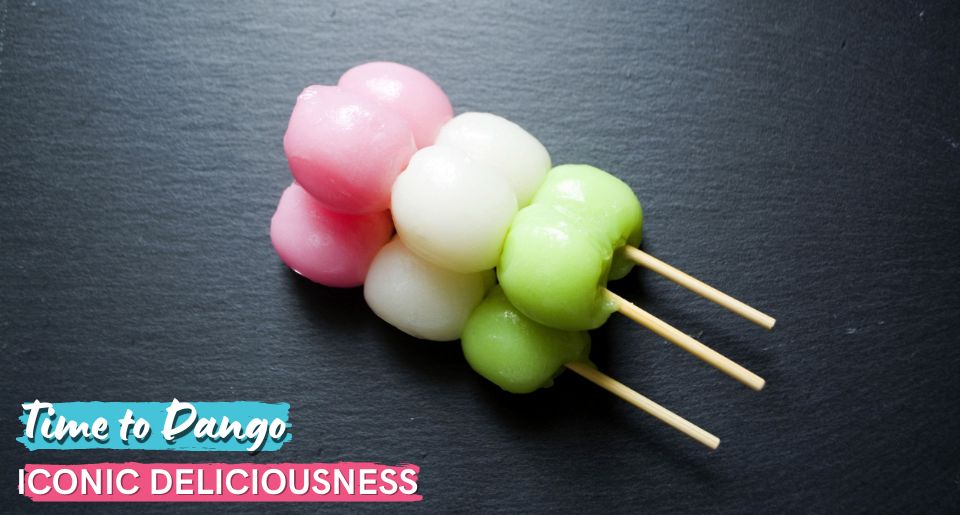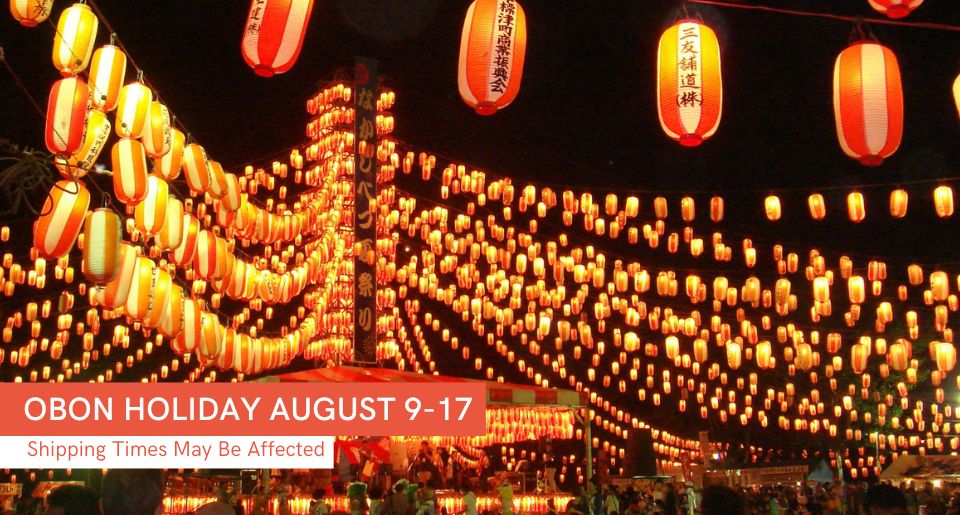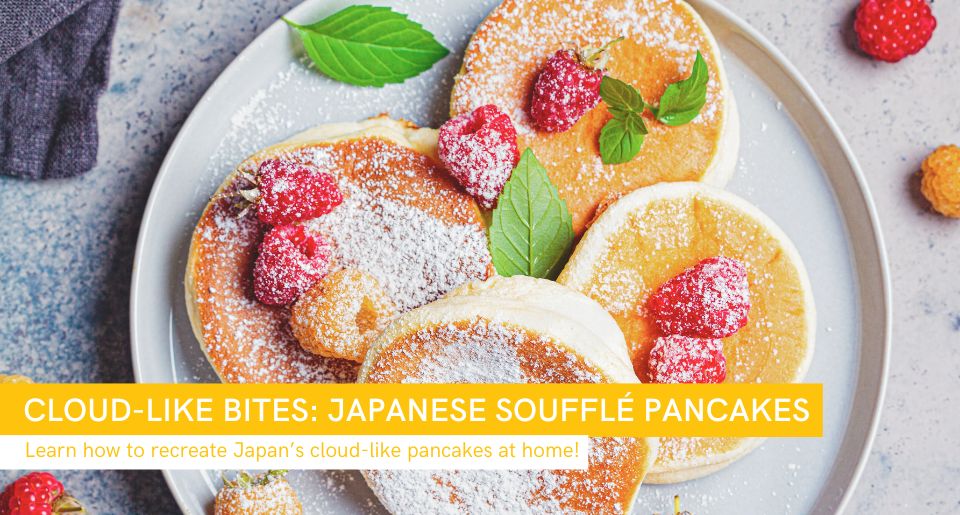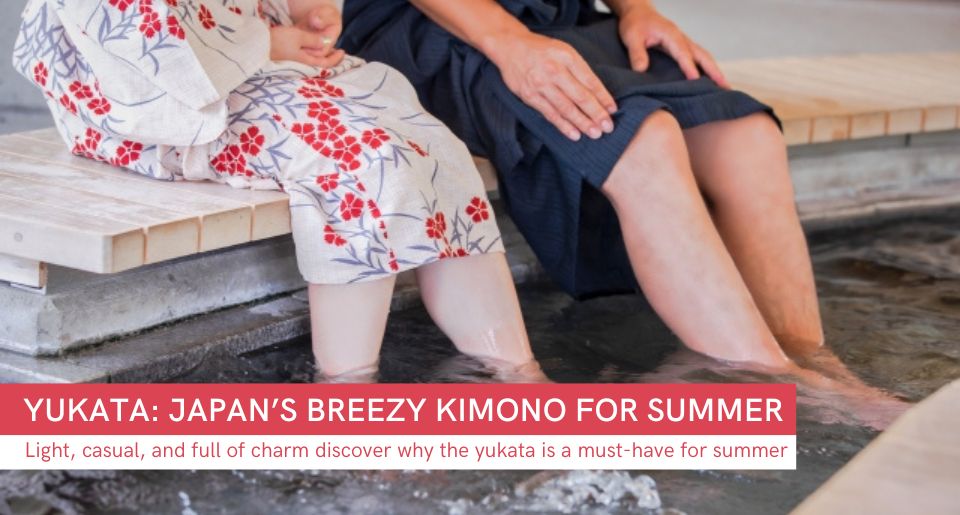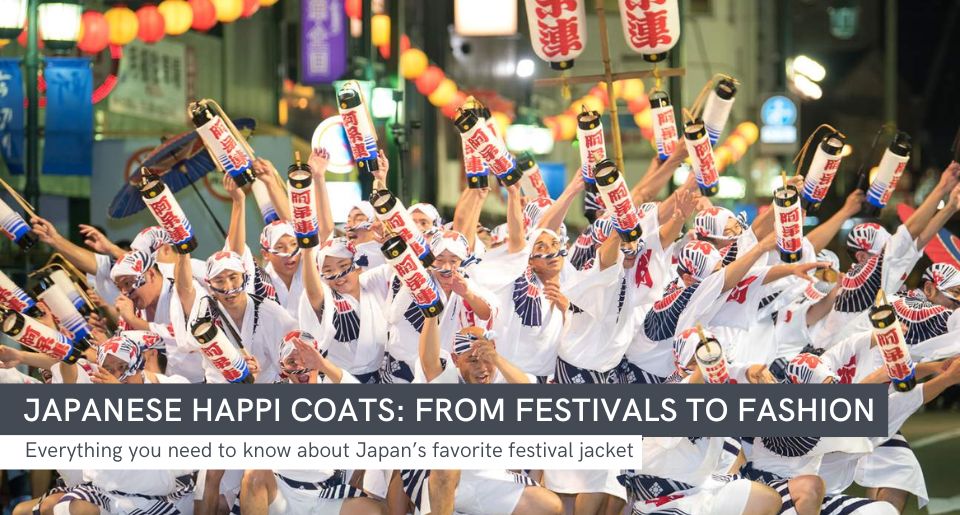Contents
- Introduction
- Dango: A Sweet, Visually Stunning Japanese Treat
- The Taste? It Definitely Matches its Appetizing Look!
- Different Dango Types Enjoyed In Japan
Hanami Dango
Mitarashi Dango
Tsukimi Dango
Goma Dango
Kibi Dango
Yomogi Dango
Bocchan Dango - Bring Authentic Japanese Dango Home with Just A Few Clicks!
- About the Writer
Introduction
The Japanese have earned a reputation for making desserts that are not only visually stunning but also incredibly delicious, which never fails to catch the attention and awaken the appetite (even if you've just finished a meal!) from the very moment you lay eyes on them. A prime example of these delightful creations is Dango (団子) – sweet Japanese dumplings boasting an exceptional and irresistible texture: chewy, soft, and has just the right firmness, giving you a wholly satisfying and addictive toothsome sensation with every single bite.
Already feeling a bit of drool? Well, keep reading to immerse yourself in the world of these staple Japanese confections - from their making process and mouthwatering flavors to the array of tempting variations, the traditional occasions for savoring them, and even how to have the genuine ingredients of these tasty treats delivered straight to your doorstep from Japan!
Dango: A Sweet, Visually Stunning Japanese Treat
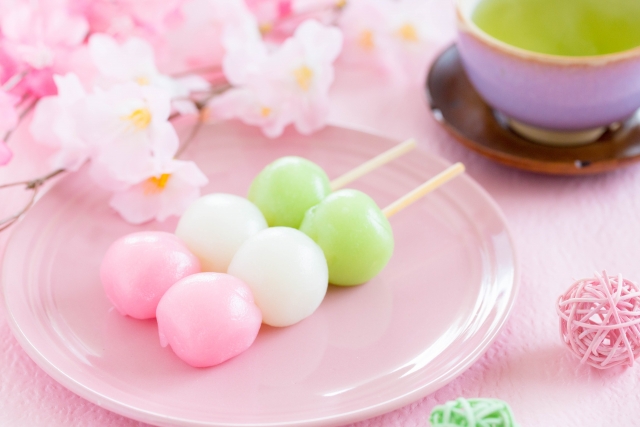
Dango is a traditional chewy Japanese dessert often made with a blend of glutinous rice flour (Mochiko), water, and sugar and shaped into aesthetically pleasing round balls. Once shaped, dango is commonly steamed, although boiling is also an option. When the dumplings are fully cooked, they're dipped in cold water to cool down a bit, threaded onto skewers, and then coated with flavorful sauce. This delightful dessert is often presented in sets of three to five that are threaded onto a skewer, earning the name skewered dango (kushi-dango (串団子)).
Dango is actually considered a type of wagashi (和菓子), which is a traditional Japanese confection commonly enjoyed alongside green tea, particularly the kind made from mochi, fruit, and anko. Although the Japanese indulge in dango all year long, they enjoy certain types of dango that hold traditional significance in different seasons.
- Exciting note for vegans: Wagashi traditionally only incorporates plant-based ingredients, setting these Japanese treats apart from Western desserts and making them a delightful choice for people with different dietary lifestyles.
The Taste? It Definitely Matches its Appetizing Look!
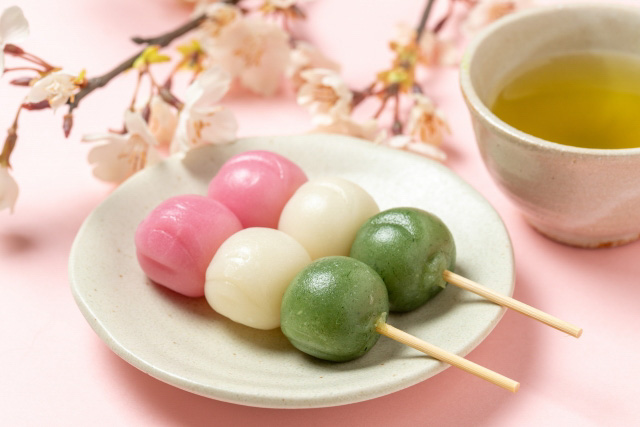
So, if you've never savored these vibrant delights in person, but you've caught glimpses of them on your screens and daydreamed about how they'd tantalize your taste buds, here's some good news for you: they taste just as delicious as they look!
If you're all about subtle flavors and a seriously chewy, soft, and satisfying mouthfeel, plain dango is going to be your favorite. Now, if you're not quite sold on just the insanely addictive toothsome texture of plain dango, you can enjoy thee sweets with exciting toppings like sweetened black sesame paste, sweet red bean paste (anko), or sweet soy sauce.
Different Dango Types Enjoyed In Japan
The Japanese truly display their creativity with dango, offering a wide array of dango varieties that appeal to a range of different tastes. Take a glimpse at some of the most common dango types in Japan below!
Hanami Dango (花見団子)
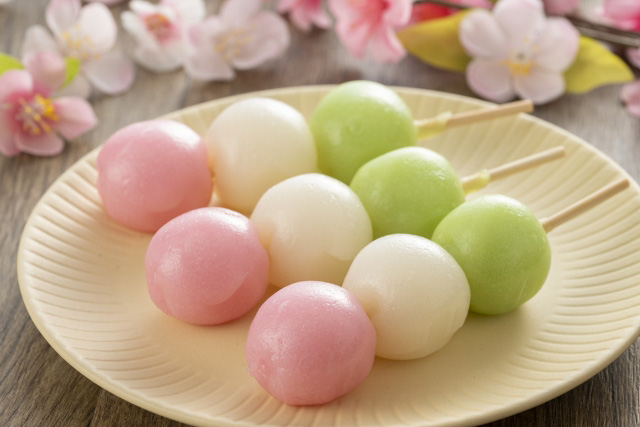
The popularity of Hanami Dango probably owes much to the enduring influence of Anime and media, which have successfully imprinted the image of tri-colored dango in people's minds. It's possibly one of the most visually appealing kinds of dango out there – a delightful skewer featuring traditional dango (white), strawberry dango (pink), and matcha dango (green). While these dango snacks are a staple during Japan's Cherry Blossom festival (Hanami), there's really no reason not to enjoy them year-round. They're colorful, chewy, delicious, and they never fail to bring joy to those fortunate enough to savor them!
Mitarashi Dango (みたらし団子)
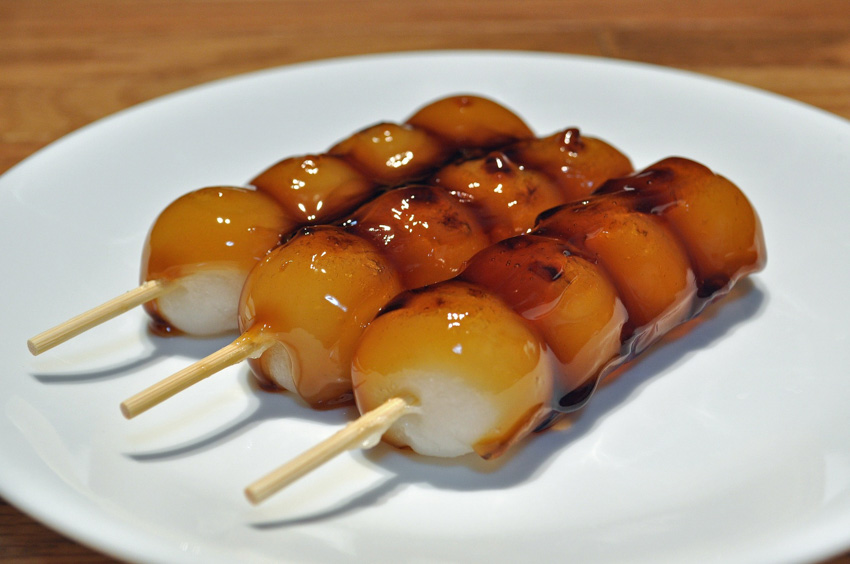
Mitarashi Dango stands as one of Japan's most renowned and widely enjoyed types of dango. It traces its roots back to the Kamo Mitarashi Tea House in Kyoto and is believed to have originally served as a ceremonial delight. And rightfully so, given its simple and timeless essence – a pure white dango perfectly coated in a glossy, caramel-like sauce made from shoyu soy sauce, sugar, and starch.
Tsukimi Dango (月見団子)
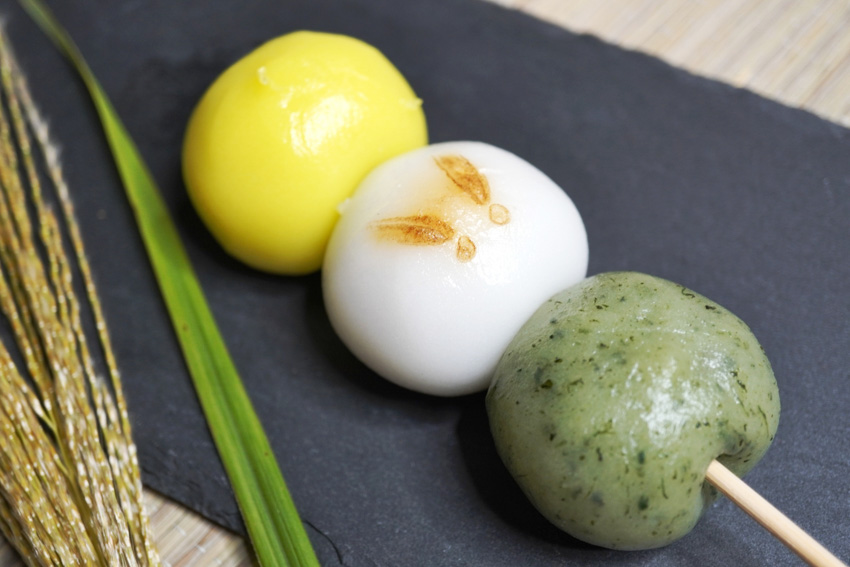
When the Mid-Autumn Full Moon Viewing Festival (Chushu no Meigetsu) rolls around, Tsukimi Dango makes its grand appearance. What sets this dango apart is the way the Japanese choose to present it – they artfully stack fifteen rice dumplings in a special pyramid arrangement on a tray. Among them, thirteen dango maintain their classic plain white charm, while two others shine in a gentle yellow hue, boasting the flavor of winter squash (Kabocha). Together, they form a captivating three-tiered pyramid.
Goma Dango (ごま団子)
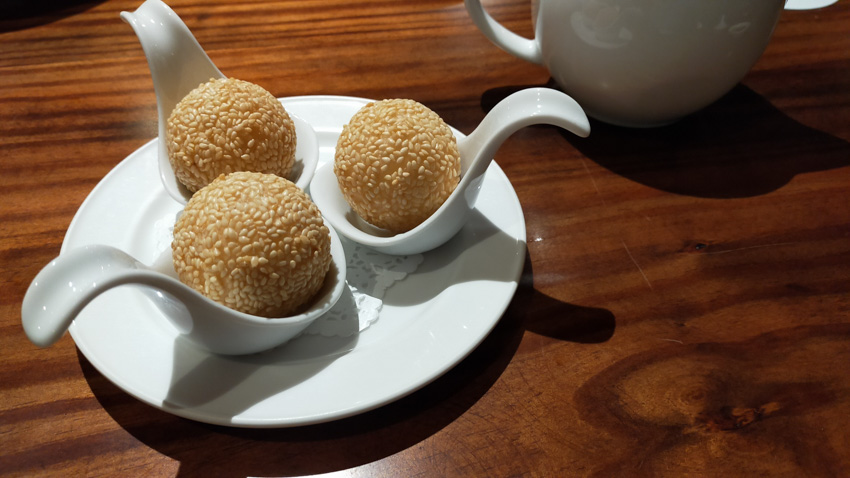
Goma Dango is a standout in the world of dango, enticing people to keep coming back for more due to its crispy exterior and delightfully chewy, tender interior. This treat involves a deep-fried combination of a rice flour outer layer and a generous inner layer of red bean paste (anko). Goma Dango, also known as Jian Dui, is often associated with Chinese cuisine and then made its way to Japan.
Kibi Dango (黍団子)
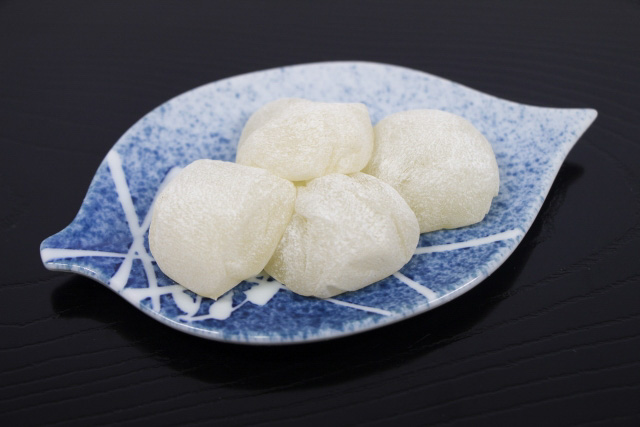
Originating in Japan's Okayama Prefecture, Kibi dango is a sweet delight that carries historical significance as the legendary hero Momotarō's nourishing ration. These delightful dango are made using a blend of sticky dough made with rice and millet flour. This blend is then transformed into generously-sized, round shapes that are guaranteed to satisfy hunger pangs and cravings.
Yomogi Dango (蓬団子)
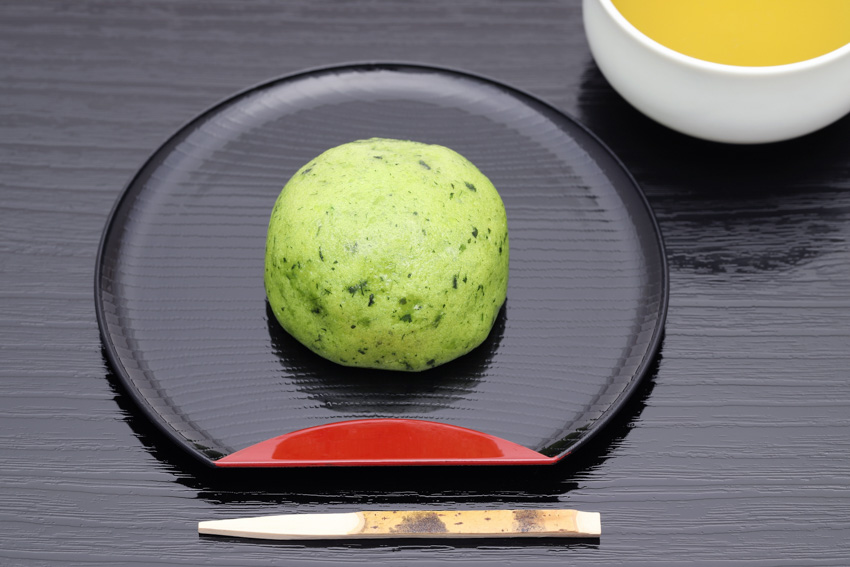
Yomogi Dango involves a key ingredient that is quite similar to matcha, called Yomogi (Japanese mugwort). Yomogi boasts a natural aroma and a stunning green hue that's used to enhance the aesthetics and flavor of Japanese treats like dango.
Bocchan Dango
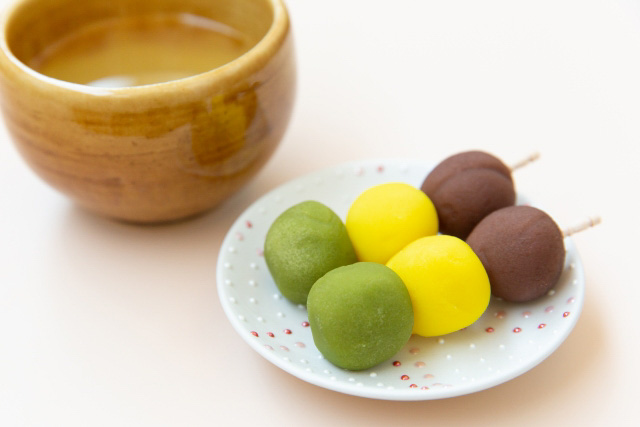
Are you all about the looks as much as the flavor? Well, Bocchan dango has got you covered – a Matsuyama specialty that offers a colorful twist on classic Japanese dango. The skewer features a colorful trio of dango: first, the red dango that is made using Azuki red beans; the second, a yellowish-white dango that contains eggs (sorry, vegans!); and the third, a vibrant green hue, infused with the essence of green tea.
Bring Authentic Japanese Dango Home with Just A Few Clicks!
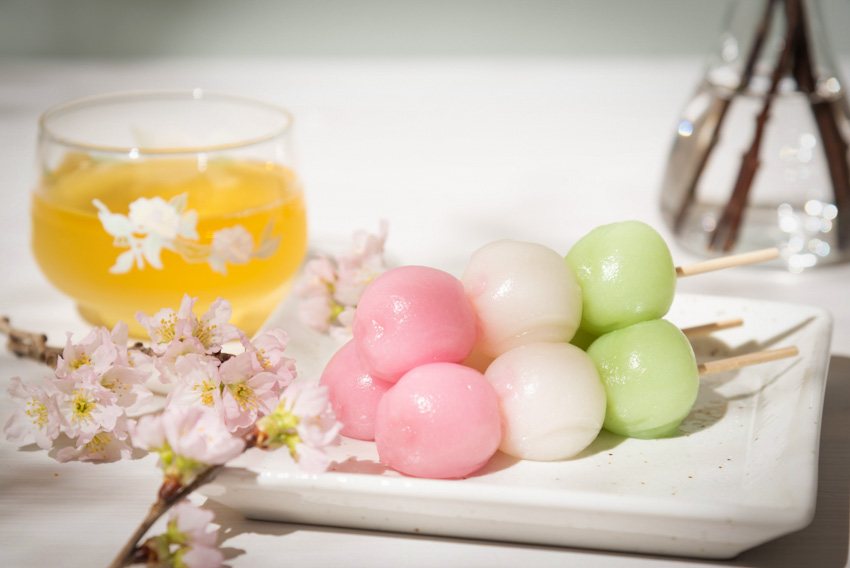
Making Japanese dango isn't overly complex – it's a surprisingly simple process of mixing and cooking that even a 6-year-old could handle! Yet, the true magic of dango lies in the contents you introduce to the mixing bowl; for an authentic, chewy, and satisfying dango bite, it's essential to use precise, genuine Japanese ingredients.
Interested in getting the real deal? Look no further than ordering directly from Japan using the renowned e-commerce platform ZenPlus which boasts an impressive hub of over 3,000 Japanese online retail shops and a listing of over 5 million items, offering international shoppers a wide-ranging and diverse collection of hard-to-find Japanese products to discover into and choose from. With just a few simple clicks, you can have your toothsome dango brought to the comfort of your home. You're welcome!
About the Witer
Meet Mariam - a freelance writer with a lifelong love for cooking, beauty, and Anime, starting from the tender age of six. Now, with boundless creativity and determination, she aims to deliver the most valuable content for readers to offer them a glimpse into her passions in life.

